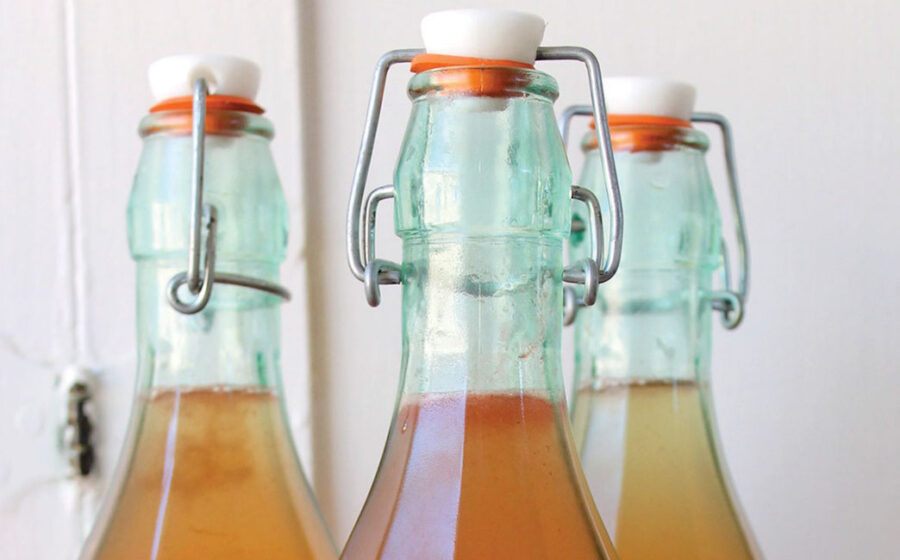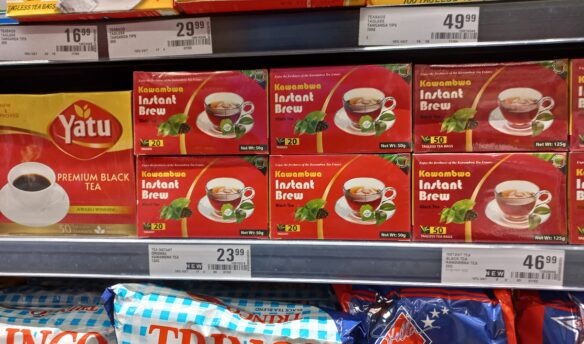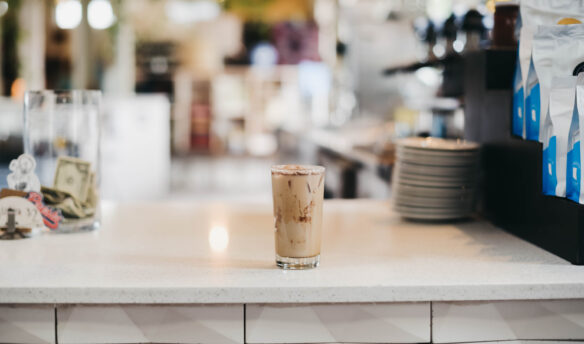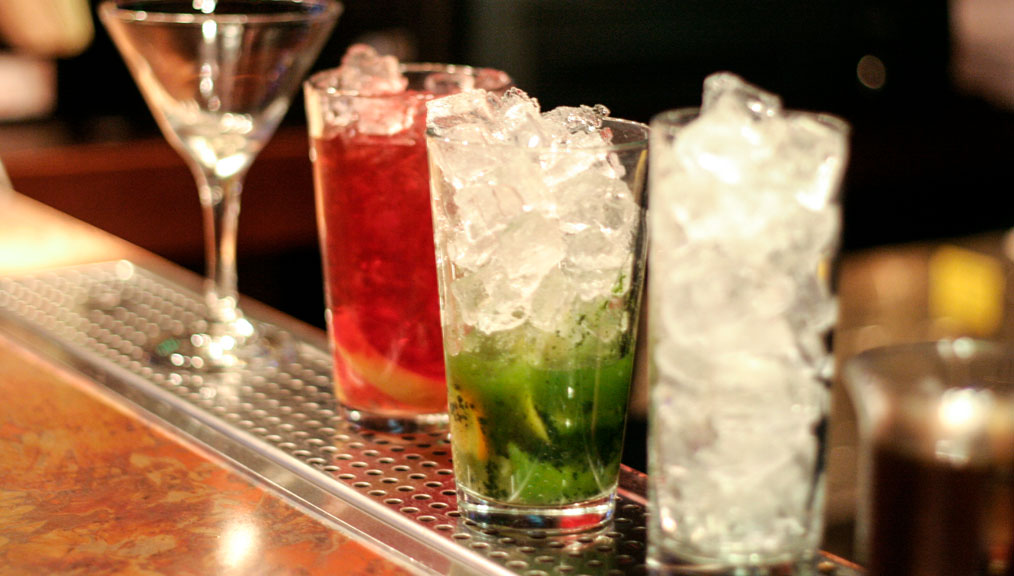[K]ombucha makers, lead by Kombucha Brewers International, are calling for a different method of testing the alcohol content in their products.
In October, the US Alcohol and Tobacco Tax and Trade Bureau updated—with stronger language—its online information regarding the production, sale, and labeling of kombucha, and sent fines to an undisclosed number of kombucha companies regarding their labelings’ lack of information about the drinks’ alcohol content. The ATTTB has closely regulated kombucha since 2010, when, at the height of kombucha’s growing popularity, new labeling restrictions and increased scrutiny about the product’s safety lead it to be suddenly pulled from grocery store shelves.
Since then, brewers of the drink have rebounded, and an onslaught of new brands have joined the fray, but the ATTTB continues to push for kombucha to be regulated similarly to beer (which usually contains around five percent alcohol, compared to kombucha’s 0.1 to one percent). Some kombucha is in fact sold next to beer, requiring identification for purchase.
The fermented tea is different, however, the KBI argues, and therefore requires a different method of testing its alcohol content, one that takes into account the unique organic acid profile of kombucha. KBI has partnered with the Association of Organic Analytical Chemists to develop a new, internationally approved testing method that will guarantee accuracy and repeatability.
The current method of testing alcohol content was developed in the twenties and thirties, before kombucha’s commercial growth.
According to Hannah Crum, master brewer and KBI president, “it relies on density, which at higher alcohol concentrations is a fairly accurate way to measure alcohol as it tracks the change in weight of sugar as it converts into lighter ethanol.” Crum says kombucha’s bacteria and its low alcohol content require more sophisticated testing.
“Alcohol in kombucha and other healthy, low-alcohol fermented beverages such as kefir, kvass, naturally fermented ginger ale and root beer serves as a preservative and a nutrient rather than an intoxicant,” says Crum. “Humans have historically always consumed fermented beverages as water has been largely impotable. These beverages were also consumed by children with no ill effects, again, because they are not intended to inebriate.”
—Regan Crisp















